Help Identify Disease Taking Over Whole Garden
westes Zone 9b California SF Bay
5 years ago
last modified: 5 years ago
Featured Answer
Sort by:Oldest
Comments (42)
Related Discussions
pls help identify...they're taking over :)
Comments (34)Realtor told my sister that her rose garden, perennial beds, blueberry patch, vegetable garden - all hindrances to selling because people worried about upkeep. She's 81 and did it all single handed but the purchasers have found they can't keep up with it and it has mostly gone back to weeds or is mowed. When we sold my parents' home, the first thing the buyers did was yank out the double lilac hedge along the road - now they get all the dust and noise from the traffic which, presumably, was what they wanted! They also mowed down all the roses and ditto the perennial beds. Lawn was what they wanted and cropped weeds was what they got. They did leave the Hopa crab in front which still stops traffic every spring but they mowed into oblivion the mat of grape hyacinths under it. Just as my neighbors carefully mowed a big swatch of primroses down by the stream until they had eradicated every one. Those primroses needed no care - just not to be mowed. But they had to go anyway. The same neighbors tried to eradicate the crocus in the front lawn but most of them were too small to hit the mower blades. What's with this obsession with grass?...See MoreHelp! What is this taking over my garden.
Comments (9)Looks like a variety of spurge to me. I hate this stuff. A problem with this stuff is that it is a perennial, plus it produces lots and lots of seeds that remain in the soil for years sometimes before sprouting. It loves bare soil....See MoreHelp identify mystery "grass" taking over my lawn
Comments (13)Another option is Gordon Ornamec 170, it's cheaper than 2 bottles of the Bayer and will last you many years. It's also good for other tough weeds like quackgrass and dallisgrass. https://www.amazon.com/Ornamec-170-Herbicide-32-oz/dp/B008MZQE6O/ref=sr_1_1?ie=UTF8&qid=1470488280&sr=8-1&keywords=ornamec+170 Yes, you will need to apply a pre-emergent. I recommend prodiamine, it will control this and most other weeds....See MoreHelp! Potentially infested/diseased aloes (maybe whole collection) :\
Comments (11)This is what I fear when people talk about using the dunk method to water their plants. I imagine that one could spread infection from one pot to another. Aloe mites will spread by many methods, why help them. They are mostly spread by wind, but I imagine water could spread them and many other things like bacteria, mold root mealies. That said, I used a common dunk method with pesticide in it , hoping the pesticide would control the any weird bugs. I did not dunk any plant in there that I was treating for Aloe mite (2) or any visible infection. They are WAY on the other side of the building. I treat them with by cutting off the sore and treating with Seven and keeping an eye on them for a year. So far , so good. If the aloe is not to valuable or hard to get, I toss it. Not worth the risk. I treated the healthy looking plants with healthy plants in their dunk and sick mealie plants with sick mealy brethren....See Morewestes Zone 9b California SF Bay
5 years agowestes Zone 9b California SF Bay
5 years agowestes Zone 9b California SF Bay
5 years agowestes Zone 9b California SF Bay
5 years agolast modified: 5 years agowestes Zone 9b California SF Bay
5 years agolast modified: 5 years agomad_gallica (z5 Eastern NY)
5 years agowestes Zone 9b California SF Bay thanked mad_gallica (z5 Eastern NY)westes Zone 9b California SF Bay
5 years agolast modified: 5 years agowestes Zone 9b California SF Bay
5 years agomad_gallica (z5 Eastern NY)
5 years agolast modified: 5 years agowestes Zone 9b California SF Bay thanked mad_gallica (z5 Eastern NY)Sara Malone Zone 9b
5 years agoSara Malone Zone 9b
5 years agowestes Zone 9b California SF Bay
5 years agolast modified: 5 years agowestes Zone 9b California SF Bay
5 years agowestes Zone 9b California SF Bay
5 years agolast modified: 5 years agowestes Zone 9b California SF Bay
5 years agolast modified: 5 years agowestes Zone 9b California SF Bay
5 years agoSara Malone Zone 9b
5 years agowestes Zone 9b California SF Bay
5 years agolast modified: 5 years agoNHBabs z4b-5a NH
5 years agolast modified: 5 years agowestes Zone 9b California SF Bay thanked NHBabs z4b-5a NHwestes Zone 9b California SF Bay
5 years agowestes Zone 9b California SF Bay
5 years agowestes Zone 9b California SF Bay
5 years agoSara Malone Zone 9b
5 years agowestes Zone 9b California SF Bay
5 years agowestes Zone 9b California SF Bay
5 years agowestes Zone 9b California SF Bay
5 years ago
Related Stories
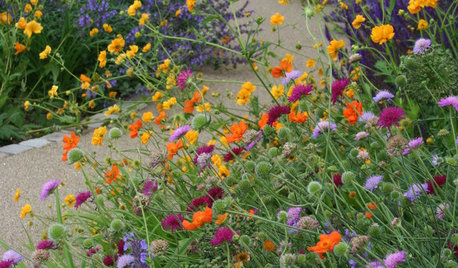
PLANTING IDEAS3 Color Palettes to Help Set Your Garden’s Mood
Select plants in these color combinations to create an outdoor space that’s cheerful, energizing or calming
Full Story
LANDSCAPE DESIGNNative Plants Help You Find Your Garden Style
Imagine the garden of your dreams designed with plants indigenous to your region
Full Story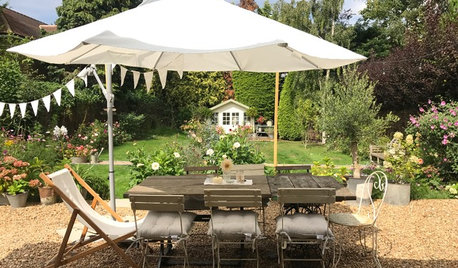
INSPIRING GARDENSBefore and After: English Cottage-Style Garden Takes Root
A blogger shares money-saving tips as she walks us from designing the flower beds to building the greenhouse
Full Story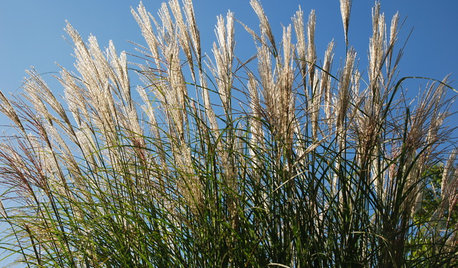
LIFEConsider Avoiding These Plants to Help Keep Your Garden Fire-Safe
Plants that accumulate dead material, are high in oil or have low moisture content in leaves put some homes at risk
Full Story
GARDENING GUIDESGarden Myths to Debunk as You Dig This Fall and Rest Over Winter
Termites hate wood mulch, don’t amend soil for trees, avoid gravel in planters — and more nuggets of garden wisdom
Full Story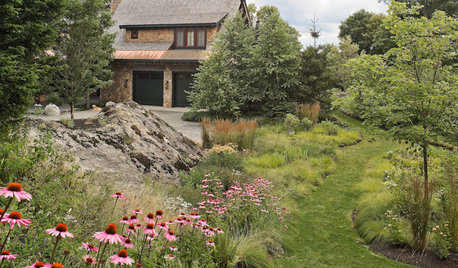
GARDENING GUIDES13 Risks to Take for True Garden Rewards
Go ahead, be a rebel. Breaking rules in the garden can lead to more happiness, creativity and connection with the earth
Full Story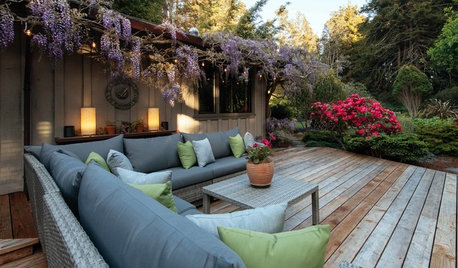
HOUZZ TVA California Dream Garden Brings Healing and Wholeness
John Calhoun was looking for a place to rest. Instead, he found a new life and a lasting passion for plants and nature
Full Story
COLORPick-a-Paint Help: How to Create a Whole-House Color Palette
Don't be daunted. With these strategies, building a cohesive palette for your entire home is less difficult than it seems
Full Story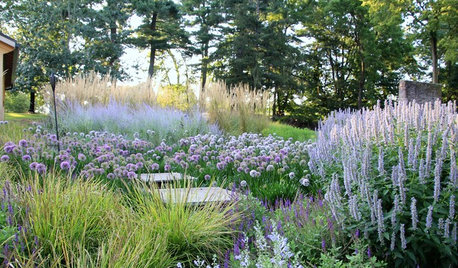
GARDENING GUIDESHow to Take Care of Your Newly Planted Garden
Set up new gardens for success in the critical first year after planting with expert tips from landscape pros on Houzz
Full Story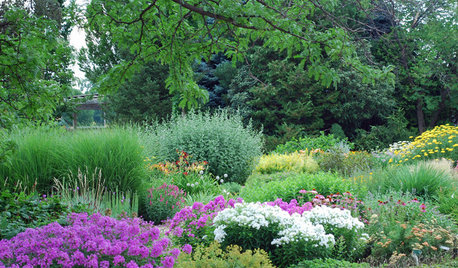
LANDSCAPE DESIGNTake Your Garden on a Rural Route With Plant-Dominant Designs
Let plants take center stage for a garden that recalls idyllic pastures fashioned by nature's hand
Full Story




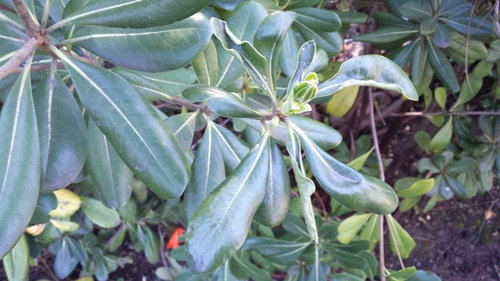




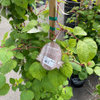

gardengal48 (PNW Z8/9)